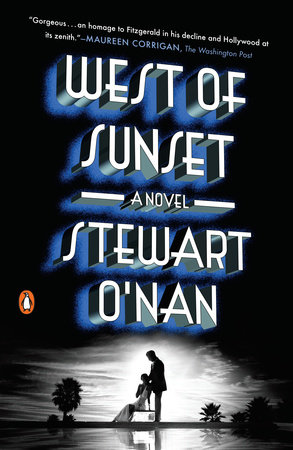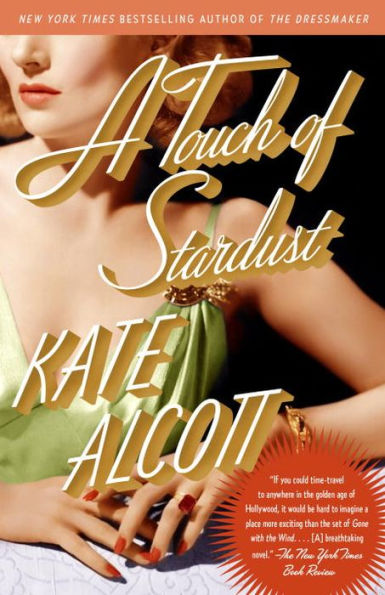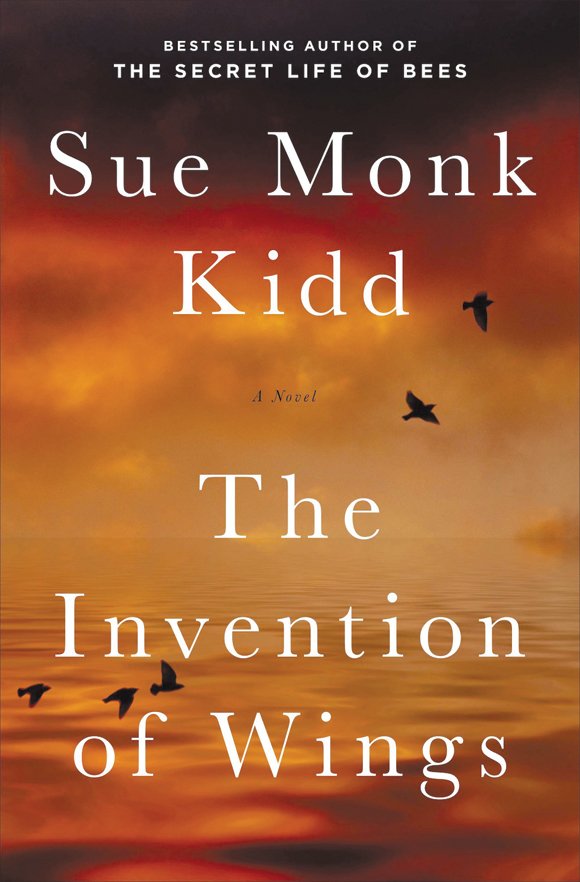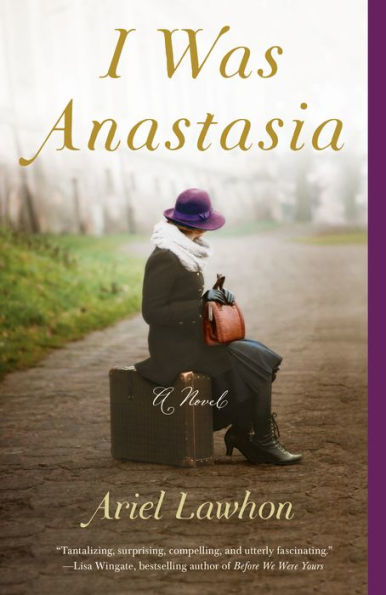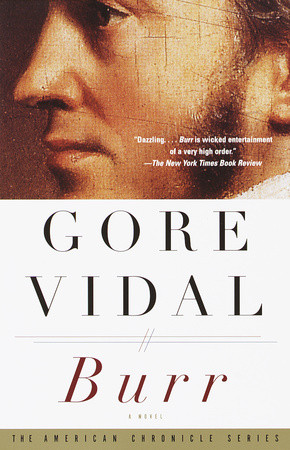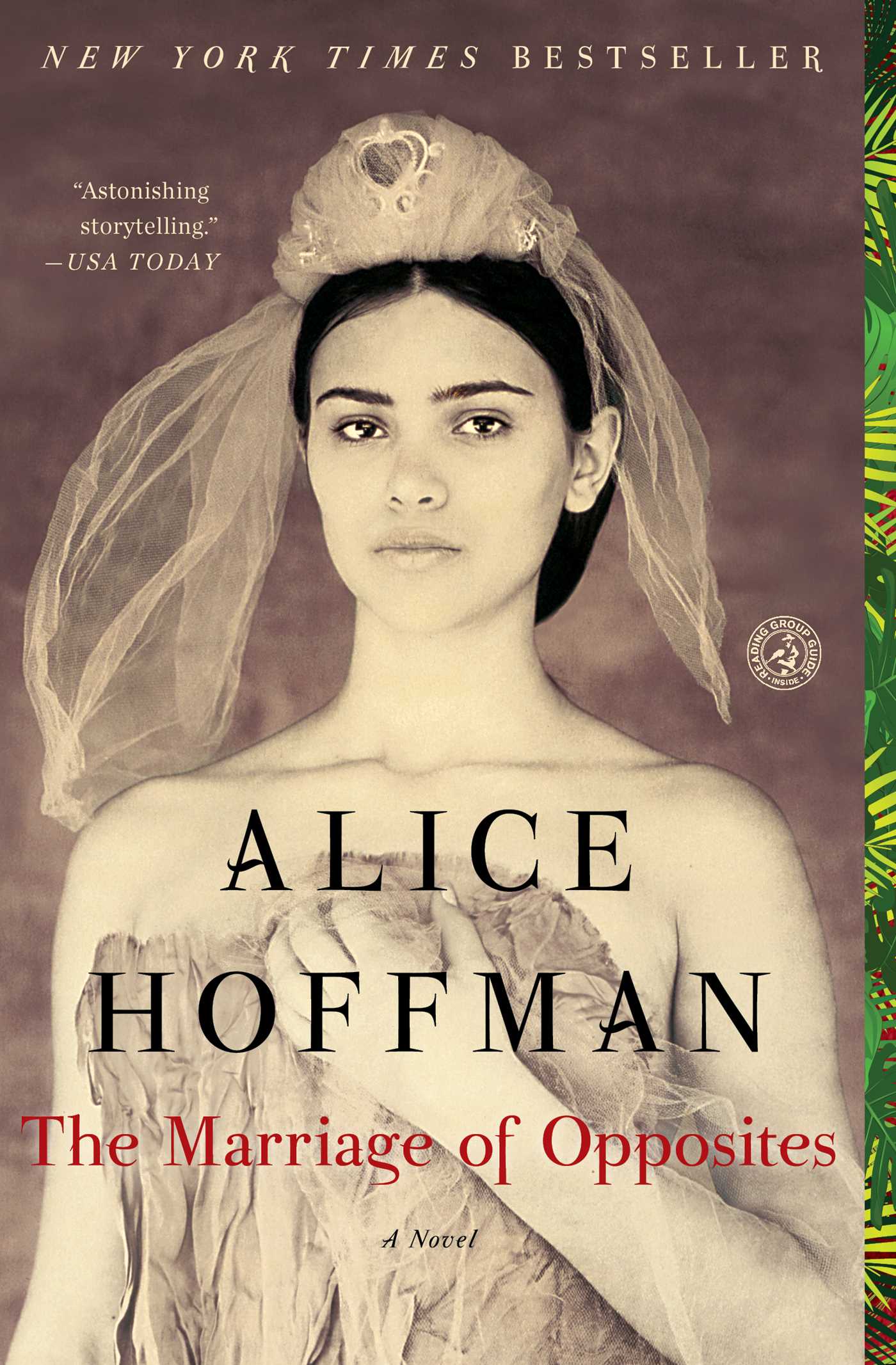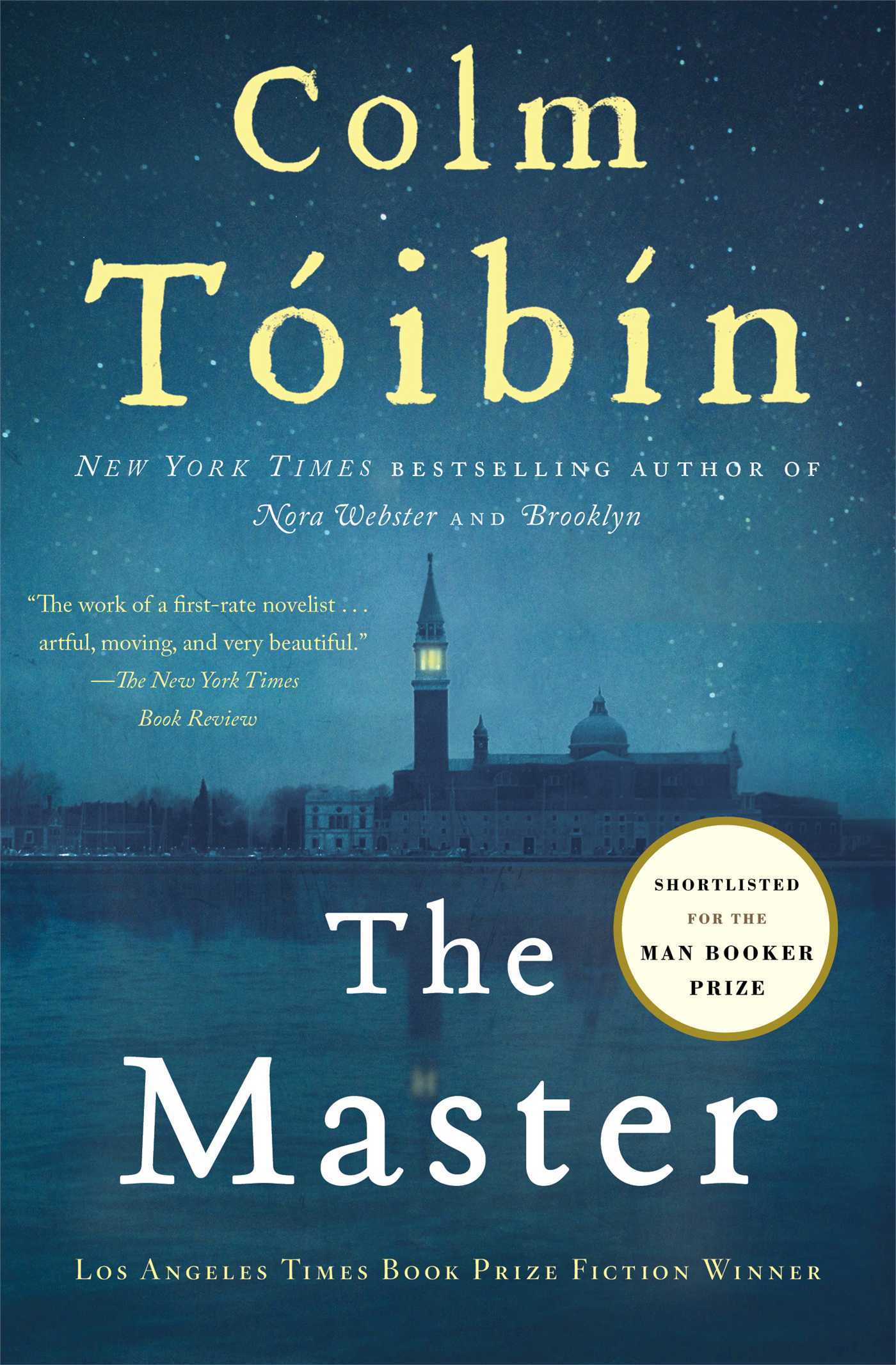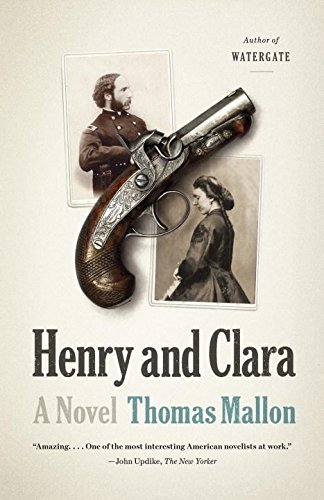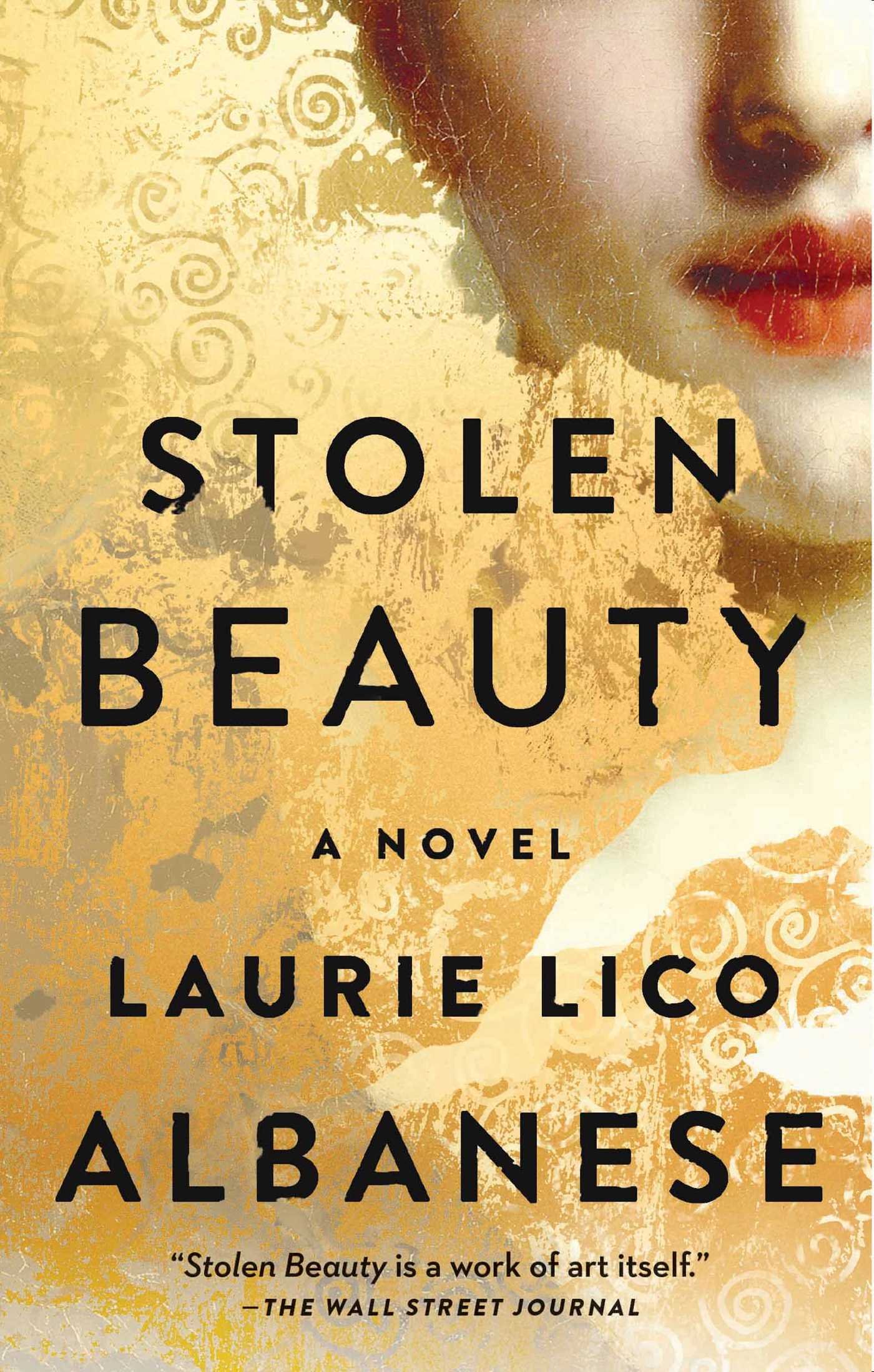If I’ve said it once—or five times—on this website, I’ll say it again: Ahem. *Oprah voice* I LOVE HISTORICAL FICTION! Whether it’s through the eyes of famous wives, artists, writers, or everyday bystanders, these books transport us to another place and time. But they also give us the opportunity to interact with people—real and imagined—who we’d otherwise never get the chance to meet, and to see things from a new perspective. Here is a list of some of my favorite books based on real people to add to your reading list.

13 Wonderful Novels Based on Real People
In 1916, Georgia O’Keeffe is a young, unknown art teacher when she meets the famous photographer and art dealer Alfred Stieglitz. Their connection is instantaneous and quickly becomes a tumultuous artistic affair, impacting their lives as well as their work. Yet, as O’Keeffe’s own creative vision begins to evolve, so do her ideas about how she can live and thrive. GEORGIA is not only a fascinating look at two historical figures but also at how history actually remembers them and their legacies.
Set in Kenya in the 1920s, Paula McLain’s follow-up to the much-loved THE PARIS WIFE introduces readers to Beryl Markham, a record-setting aviator who becomes caught in a passionate love triangle with safari hunter Denys Finch Hatton and Karen Blixen, who wrote the classic memoir OUT OF AFRICA under the male pen name Isak Dinesen. It’s also an example of how fiction can inspire someone to seek out fact: I had never heard about Markham, but after I read this book, I went straight for her memoir, WEST WITH THE NIGHT, to learn more.
Set in Kenya in the 1920s, this captivating novel illustrates the life of Beryl Markham, a record-setting aviator who becomes caught in a passionate love triangle with safari hunter Denys Finch Hatton and Karen Blixen, who wrote the classic memoir OUT OF AFRICA under the pen name Isak Dinesen.
Much has been written about F. Scott Fitzgerald’s life in Paris, but few know the same kind of intimate details about his time in Hollywood, where he lived for some time as a screenwriter to support his wife, Zelda, who was in an asylum, and their daughter, Scottie. WEST OF SUNSET introduces us to that fascinating time, as Fitzgerald arrives on the MGM lot, falls in love with gossip columnist Sheilah Graham, and tries to reconcile his past and present. Flashing from his Jazz Age memories with Ernest Hemingway to his final years mingling with Dorothy Parker and Humphrey Bogart, the novel wonderfully sheds a new light on a familiar face.
11 Scandalous Novels That Illuminate the Golden Age of Hollywood
Hollywood has long been the land of dreams and epic storytelling, but many stories of scandal, betrayal, and mystery remain behind the curtain. It’s no wonder that novels inspired by the gossip and intrigue of Tinseltown are so exciting to read. Travel to the golden age of Hollywood with these enchanting, glittering, and sometimes dark tales behind the scenes of your favorite silver-screen legends.
While I love to see historical fiction through the eyes of real people, sometimes it’s much more interesting learn about real people through the eyes of fictional characters. A TOUCH OF STARDUST takes that approach, following Julie Crawford, a young woman who leaves her hometown of Fort Wayne, Indiana, for Hollywood in the 1930s, taking a job in the publicity office of the legendary David O. Selznick as he’s in the midst of producing Gone With the Wind. There, she meets actress Carole Lombard, a woman ahead of her time, who hires Julie to be her assistant and help keep reporters looking into Carole’s long-term love affair with Clark Gable—who is about to become immortal as Rhett Butler—at bay. As she’s given a front-row seat to two of the most iconic love stories, onscreen and off, Julie begins to yearn for a career of her own and learns about what lies beneath the bright lights of Tinsel Town.
MENTIONED IN:
Like CIRCLING THE SUN, THE INVENTION OF WINGS introduced me to a woman largely forgotten to modern history books—Sarah Grimké, a nineteenth-century abolitionist, writer, and suffragette. Sue Monk Kidd splits the narrative between Sarah and her handmaid, Hetty, whom Sarah is given as a gift on her eleventh birthday, as they both strive for lives and choices of their own while the world changes around them for more than 30 years. As they experience love, endure loss, and understand discrimination and ostracism, together and apart, we’re taken on an incredible journey through one of America’s darkest chapters with two of its greatest heroines.
Writing at the height of her narrative and imaginative gifts, Sue Monk Kidd has crafted a masterpiece of hope, daring, and the quest for freedom. Set in the years just before the Civil War, this exquisitely written novel is an unswerving look at a devastating wound in American history through the eyes of two sisters whose struggles for liberation, empowerment, and expression will leave no reader unmoved.
This is perhaps one of my favorite historical novels of all time, though it might be better classified as historical suspense. In the years following the Russian Revolution and assassination of the tsar and his family, the world thought Anastasia Romanov was dead. But, when a woman named Anna Anderson came forward with memories and claims that she was the lost princess, historical truth was thrown on its head. The novel alternates between Anna trying to argue her case before Romanov relatives and Russian courts, and a young Anastasia as she’s held captive by the Bolsheviks. The result, as the two narratives collide, is a page-turning, brain-bending, addictive tale of fact and fiction that will have you wondering if history has actually got it wrong.
Published decades before Hamilton took the world by storm, BURR is the first book in Gore Vidal’s Narratives of Empire series, focusing on Aaron Burr’s life in the years after that fateful night in Weehawken. An aging but newly married statesman who is widely considered to be public enemy number one, he enlists the services of a young New York journalist named Charles Schermerhorn Schuyler to tell his story, and as they dive deep into Burr’s past, they also discover hard-learned truths about revolution, patriotism, and the future of their beloved nation. It’s an extraordinary look at a complicated man—one that history often paints as a villain—and raises new questions about who writes history and why.
Gore Vidal examines the early years of our nation through the eyes of Aaron Burr, who (spoiler alert!) killed his nemesis, Hamilton, in a duel in 1804. This fictional retelling of Burr’s later years follows the former vice president as he comes to terms with his past by enlisting a young journalist to tell his life story.
History has remembered Virginia Woolf but has not been as committed to remembering her sister, the painter Vanessa Bell, who went with her to London in the early 1900s and was also a part of the famed Bloomsbury Group. Though they live the wild and free life of young, single bohemians, each experiences her own creative and personal struggles. When Vanessa falls in love, Virginia’s protectiveness and jealousy seem to threaten the deep-seated bond not only between sisters but between friends as well. Seeing Virginia through Vanessa’s eyes is enlightening, perspective-shifting, and truly unforgettable.
A spellbinding tale of the inseparable bond between Virginia Woolf and her sister, the gifted painter Vanessa Bell, and the real-life betrayal that threatened to destroy their family. Parmar’s enthralling debut exquisitely captures the aura of prewar London and the extraordinary lives of these remarkable artists.
Alice Hoffman is the master of creating vibrant stories around unforgettable women, and she achieves that in this fascinating story of Rachel Pomié Petit Pissarro—a businesswoman, romantic, and renegade from the nineteenth century, whose forbidden love affair produced one of the greatest painters the world has known: Camille Pissarro. Hoffman not only does a great job of recreating exotic locales and cities but also of creating a character who is much more than the men who surround her.
Wendy’s Fictional Dinner Party Guest: Rachel Pomié Petit Pizzarro
Rachel Pomié Petit Pizzarro is a woman full of fire and life. A businesswoman, a romantic, a renegade, she’s quite the nineteenth-century badass, not taking anyone else’s advice on how to live her life. I respect and admire her passion, vulnerability, and fearlessness in the face of the judgment of her insular St. Thomas community. She followed her heart, suffered for it, and lived the life she wanted—with a great love and many children, one of whom was the artist Camille Pissarro, father of Impressionism. No doubt, she would command the room.
MENTIONED IN:
Like Michael Cunningham in THE HOURS, Colm Tóibín captures the extraordinary mind and heart of an iconic writer in this gorgeous historical novel. Henry James, who would go on to write THE PORTRAIT OF A LADY, DAISY MILLER, and THE TURN OF THE SCREW, was born into one of America’s foremost intellectual families, but left his country to live in Paris, Rome, Venice, and London among privileged artists and writers. Tóibín dives deeply into the writer’s inspirations for his classic body of work and into the trauma, longing, and inner turmoil of a man whose personal life has mostly remained a mystery.
As Michael Cunningham drew inventively on the life and work of Virginia Woolf in The Hours, Colm Tóibín captures the extraordinary mind and heart of Henry James in The Master. James was born into one of America’s foremost intellectual families two decades before the Civil War, but left his country to live in Paris, Rome, Venice, and London among privileged artists and writers. With deep emotional intensity, Tóibín captures the loneliness and longing, the hope and despair of a man who never married and never resolved his sexual identity. Time and again, James, a master of psychological subtlety in his fiction, proves blind to his own heart. (Shortlisted for the Man Booker Prize).
Thomas Mallon is known for his perspective-shifting novels about some of our former presidents, but in HENRY AND CLARA he took a new and fascinating approach, focusing not on the people who make history, but those on the sidelines who witness it. On Good Friday, 1865, Henry Rathbone and Clara Harris are watching a play from the presidential box when John Wilkes Booth assassinates Abraham Lincoln and changes the nation forever. The novel masterfully recreates the aftermath of that event, which profoundly affects their lives and love story.
In 1903 Vienna, a young Jewish woman named Adele Bloch-Bauer meets the painter Gustav Klimt, and they begin a love affair that will cross over onto canvas as the world around them starts to change. Nearly 40 years later, Adele’s niece Maria Altmann watches in shock as the Nazis invade Austria and arrest her husband. Forced from her home, Maria must do whatever she can to protect her aunt’s legacy—and her family’s history—from destruction. If this all sounds familiar, it might be because you’ve heard of (or seen) the film Woman in Gold, which is based on the same family.
One of the best things about historical fiction is that it can bring little-known moments and relationships to life. In WHITE HOUSES, Amy Bloom stunningly revives the long-buried relationship between First Lady Eleanor Roosevelt and reporter Lorena “Hick” Hickok, which was an open secret during Franklin Roosevelt’s administration (as were his own lovers). After Hick takes a job within the White House, she comes to know FDR not only as a great president, but as a complicated rival and friend—and finds her relationship with Eleanor tested at nearly every turn, from Washington and Hyde Park to Manhattan and Long Island. It’s a tender, loving, and deep portrait that will change the way you look at a love story.









